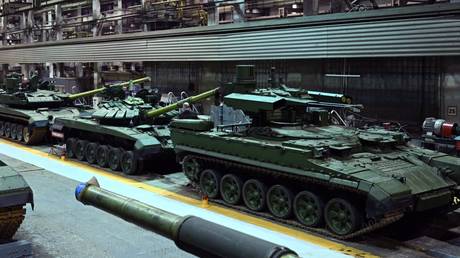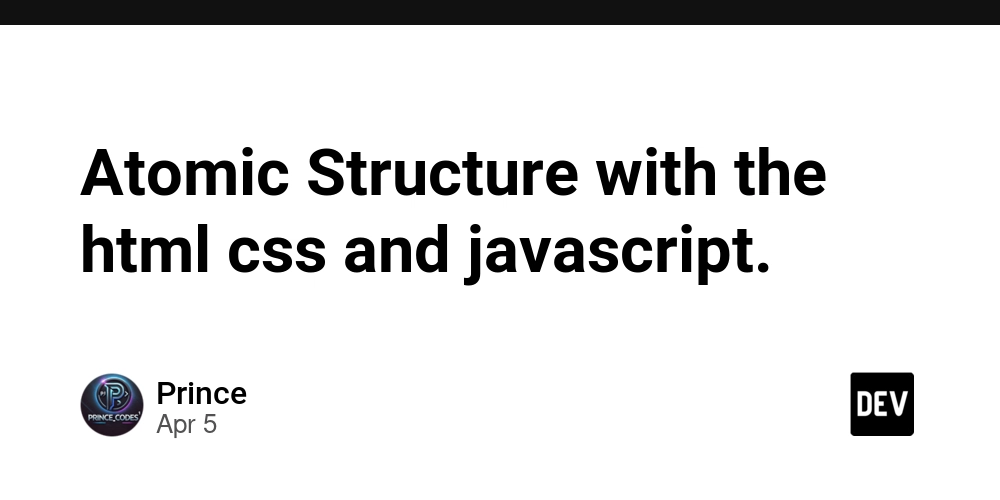Is Your Code a Swiss Army Knife or a Master Blueprint? Unraveling the Mystery of Interfaces vs. Abstract Classes
Imagine setting out on an expedition in a dense, uncharted jungle. You pack a Swiss Army knife — versatile, adaptable, and ready for any small task — while also carrying a custom-built blueprint for a treehouse that you know will serve as your safe haven. In the world of object-oriented programming, your Swiss Army knife represents interfaces — flexible, minimal contracts that allow you to handle diverse challenges — while your treehouse blueprint stands for abstract classes — detailed guides with built-in functionality that offer a sturdy foundation for your design. In this article, we’ll journey through the core differences, advantages, and best use cases of interfaces and abstract classes in Java, ultimately helping you decide which tool is best for your coding adventure. The Landscape of Object-Oriented Programming In Java, object-oriented programming (OOP) encourages modular, reusable, and scalable code. Two critical constructs that enable these goals are interfaces and abstract classes. Both serve as templates that define methods without necessarily providing a complete implementation, but they do so in very different ways. A Quick Overview **Interfaces **define a contract — a promise that any class implementing the interface will provide concrete behavior for the declared methods. They’re like the Swiss Army knife, offering various functionalities without locking you into a specific implementation. Abstract Classes provide partial implementation; they can define both abstract methods (which require implementation by subclasses) and concrete methods (with actual code). Think of them as blueprints for a structure, offering a detailed framework that you can extend and refine. Diving Deep into Interfaces Interfaces have become increasingly popular in modern Java programming, especially with the evolution of Java 8 and beyond. They’re designed to define a set of behaviors without dictating how these behaviors should be implemented. This provides maximum flexibility to developers who can implement multiple interfaces and mix and match behaviors as needed. Key Characteristics of Interfaces ...... Read the full article on Medium and give it a clap & ask me anything --> Article

Imagine setting out on an expedition in a dense, uncharted jungle. You pack a Swiss Army knife — versatile, adaptable, and ready for any small task — while also carrying a custom-built blueprint for a treehouse that you know will serve as your safe haven. In the world of object-oriented programming, your Swiss Army knife represents interfaces — flexible, minimal contracts that allow you to handle diverse challenges — while your treehouse blueprint stands for abstract classes — detailed guides with built-in functionality that offer a sturdy foundation for your design. In this article, we’ll journey through the core differences, advantages, and best use cases of interfaces and abstract classes in Java, ultimately helping you decide which tool is best for your coding adventure.
The Landscape of Object-Oriented Programming
In Java, object-oriented programming (OOP) encourages modular, reusable, and scalable code. Two critical constructs that enable these goals are interfaces and abstract classes. Both serve as templates that define methods without necessarily providing a complete implementation, but they do so in very different ways.
A Quick Overview
**Interfaces **define a contract — a promise that any class implementing the interface will provide concrete behavior for the declared methods. They’re like the Swiss Army knife, offering various functionalities without locking you into a specific implementation.
Abstract Classes provide partial implementation; they can define both abstract methods (which require implementation by subclasses) and concrete methods (with actual code). Think of them as blueprints for a structure, offering a detailed framework that you can extend and refine.
Diving Deep into Interfaces
Interfaces have become increasingly popular in modern Java programming, especially with the evolution of Java 8 and beyond. They’re designed to define a set of behaviors without dictating how these behaviors should be implemented. This provides maximum flexibility to developers who can implement multiple interfaces and mix and match behaviors as needed.
Key Characteristics of Interfaces
......
Read the full article on Medium and give it a clap & ask me anything --> Article








![[FREE EBOOKS] The Kubernetes Bible, The Ultimate Linux Shell Scripting Guide & Four More Best Selling Titles](https://www.javacodegeeks.com/wp-content/uploads/2012/12/jcg-logo.jpg)



































































